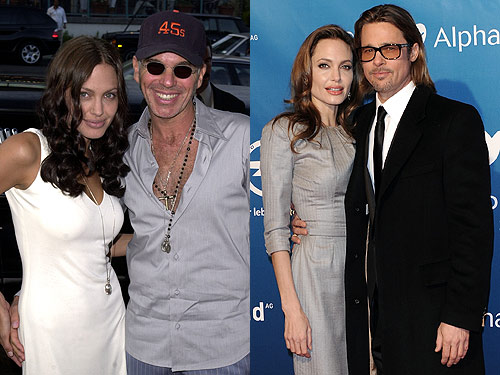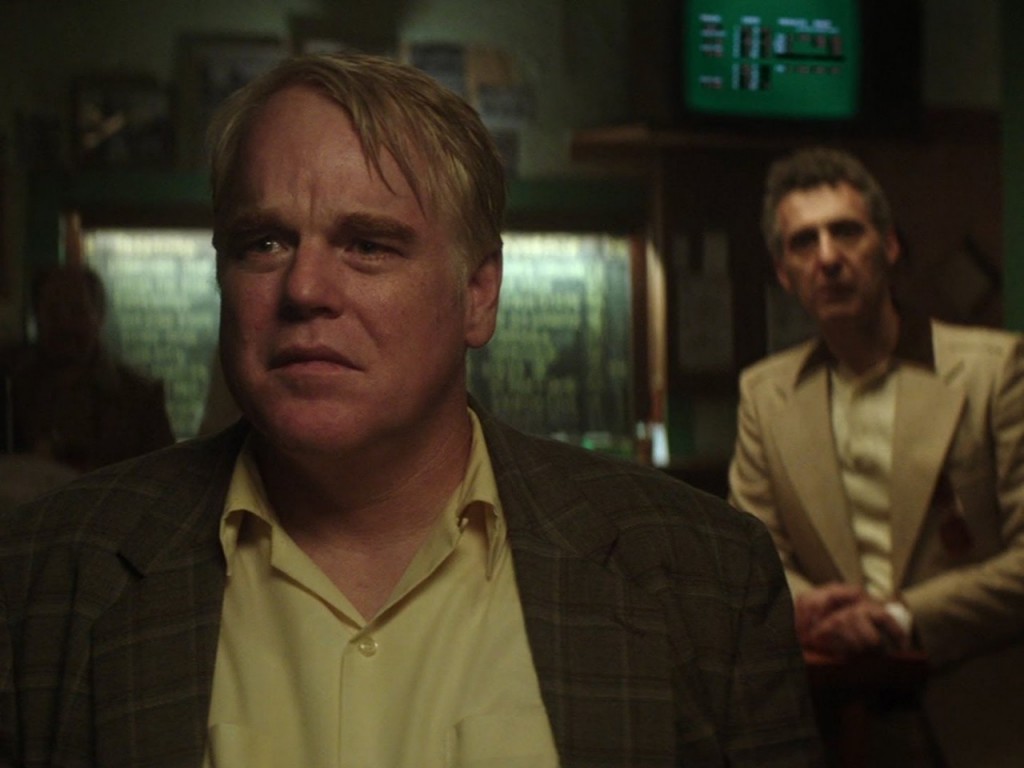The following is a review I originally published in Word and Film:
It’s hard to comprehend the career trajectory of Angelina Jolie. In the 1990s, she was the premier wild child, so fully in possession of her sexual powers that she seemed to do everyone a favor just by training her gaze upon them. When she announced she was “so in love with her brother” during her 1999 Oscar acceptance speech after jumping in a pool upon winning a Golden Globe earlier that season, two things seemed clear: We were all in her thrall. And none of us knew what she’d do next.
Certainly we never expected the girl with the blood vial necklace to evolve into such an upstanding citizen. In the ensuing years, she’s become a U.N. ambassador of goodwill, the doting mother of six, the long-term partner of Brad Pitt, the outspoken survivor of a double mastectomy, the director of mediocre message movies, and an actor. Arguably in that order. These days, the extraordinary promise she once exhibited on screen has mostly been eclipsed by a great puff of tabloid coverage even when she does appear in films. As of now, Maleficent, in which she plays the title character in a Disney retelling of Sleeping Beauty from the villainess’ perspective, is one of her last scheduled acting jobs. (She has announced her retirement before but might mean it this time.) This may be for the best. This sort of film hinges upon the voltage of the old Angelina – a ferocious, and ferociously gorgeous, creature who inspired equal parts fear and admiration in a whirl of feral improvisation – and Lady Jolie, though as visually compelling as ever, does not seem up to the task.
Instead, the true star of Maleficent is its lavish design. Director Robert Stromberg (the production designer of the equally lavish “Alice in Wonderland,” “Oz: The Great and Powerful,” and “Avatar”) has created a 3D netherworld of streams, meadows, caves, and forests that soars at us like an ever-shifting Mucha painting. It’s an effect so pleasing that for a while we don’t mind how little else commands our attention – not even Angelina’s already-impressive cheekbones, which are so digitally enhanced that other characters’ faces look downright doughy in comparison. This whole film hangs off her cheekbones. Continue Reading →



